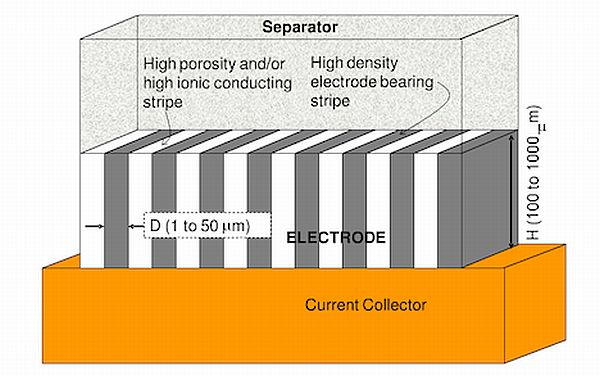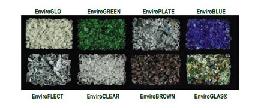
Palo Alto Research center (PARC) at Xerox have come up with a new mechanism that will increase the storage capacity of normal lithium-ion batteries by almost 40%. They achieved this challenging feat by printing the electrode in parallel with a highly conductive membrane. The type of membrane used is a closely guarded secret though.
But the work is far from finished. Some problems regarding the batteries conduit capability & effects of the technology on the battery’s life still needs to be figured out. But this achievement of PARC is undoubtedly a breakthrough in this field. The technology, if proven successful, can revolutionize the transport industry by creating affordable clean & green electric vehicles.
Similar research have been going on in this field is being carried out by various other organizations including the United States’ Department of Energy (DoE). the DoE have set itself a timeline of 2014 for reducing the cost of batteries by 70%. Automobile giant NIssan have also been working on similar technology. Their all-electric Nissan Leaf vehicle battery costs around $1000 per Kilowatt hour (kWh) which is still on the expensive end of battery costs. DoE plans to bring it down to $350 per kWh. But given the complexity of the technology, right now it looks highly unlikely that DoE will be able to meet its target of 2014.
Seemingly happy at this achievement of PARC Mr. Scott Elrod, PARC’s Director of Cleantech Innovation Program, was quoted by the media as saying that they hope to achieve a electrode thickness of up to 500um. It has been said that the technology is similar to that of printed solar cells.
Via: Treehugger




